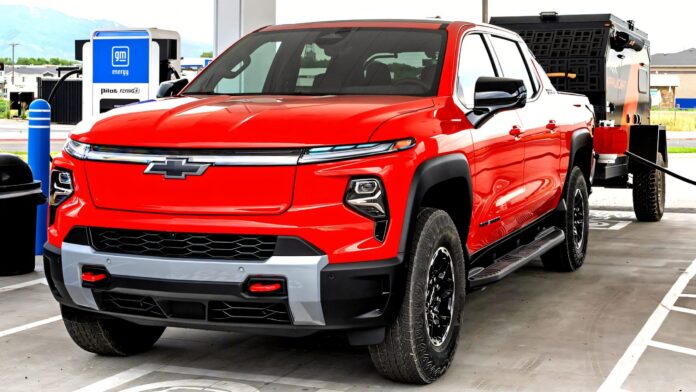While automakers bombard us with images of trucks conquering rugged terrain or hauling monstrous loads, a growing trend reveals a disconnect between advertised capability and real-world usage. Data suggests that many truck owners treat their powerful pickups more like stylish SUVs than dedicated workhorses. This raises questions about consumer desire, marketing tactics, and the potential safety implications of this evolving relationship with trucks.
More Lifestyle Than Labor
A recent study by Strategic Vision, which surveyed over 250,000 car buyers annually, paints a compelling picture. Alexander Edwards, President of Strategic Vision, highlights that almost 90% of truck owners never utilize their vehicles for business towing, mobile office work, or construction-related tasks. This challenges the traditional notion of trucks as tools built for heavy-duty jobs.
Instead, nearly 40% of truck owners admit to driving their pickups primarily for pleasure at least once a week. This trend aligns with the growing popularity of trucks in lifestyle marketing campaigns that emphasize off-road capability and rugged aesthetics rather than raw workhorse functionality.
Truck Categories and Their Uses
The study categorizes trucks into four groups: alternative powertrain (APT) models like the Rivian R1T, standard pickups like the Ford Maverick, full-size offerings like the Ram 1500, and heavy-duty trucks like the GMC Sierra 2500. Interestingly, owners of standard and APT trucks are more likely to engage in leisure driving than those with larger, heavier-duty models, which makes sense given their superior maneuverability and parking ease.
Although APTs might seem less practical for hauling or towing, they actually perform surprisingly well in these areas: 63.8% of APT truck owners haul cargo monthly compared to 61.3% of full-size truck owners. However, towing habits differ slightly, with 39% of APT owners never towing versus 32% of full-size owners.
The Identity Factor
While data reveals the recreational nature of many truck ownerships, it’s important to acknowledge the psychological element at play. Edwards observes that owning a truck often reinforces personal identity: “They want that vehicle to take their self-perception and help them become their ideal self. When you get into your truck, you can be more confident, more capable, more reliable, more secure.”
Essentially, trucks may serve as symbols of aspiration and capability, even if those capabilities aren’t regularly utilized. This suggests that marketing strategies successfully tap into a deeper desire for self-projection rather than purely functional needs.
The Safety Conundrum
The increasing size and prevalence of trucks on the road raise critical safety concerns. Research from the Insurance Institute for Highway Safety (IIHS) indicates that vehicles with higher front ends— particularly pickups and SUVs exceeding 40 inches in hood height — are nearly 45% more likely to cause fatal pedestrian accidents compared to cars with lower hoods (30 inches or less).
Furthermore, studies demonstrate that excessive weight in trucks provides minimal safety benefits for drivers beyond a certain point but increases the risk to others involved in collisions. This raises questions about the ethical implications of marketing practices that prioritize perceived capability over potential safety trade-offs.
The Bigger Picture
The disconnect between advertised truck capabilities and actual usage patterns highlights an ongoing societal debate: Does our relentless pursuit of ever-larger vehicles, driven by a combination of desire and marketing influence, compromise road safety for everyone? As trucks become more ubiquitous, this discussion becomes increasingly relevant, urging us to consider the true cost—both tangible and intangible—of our automotive choices.




































